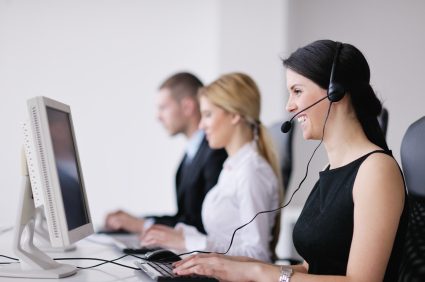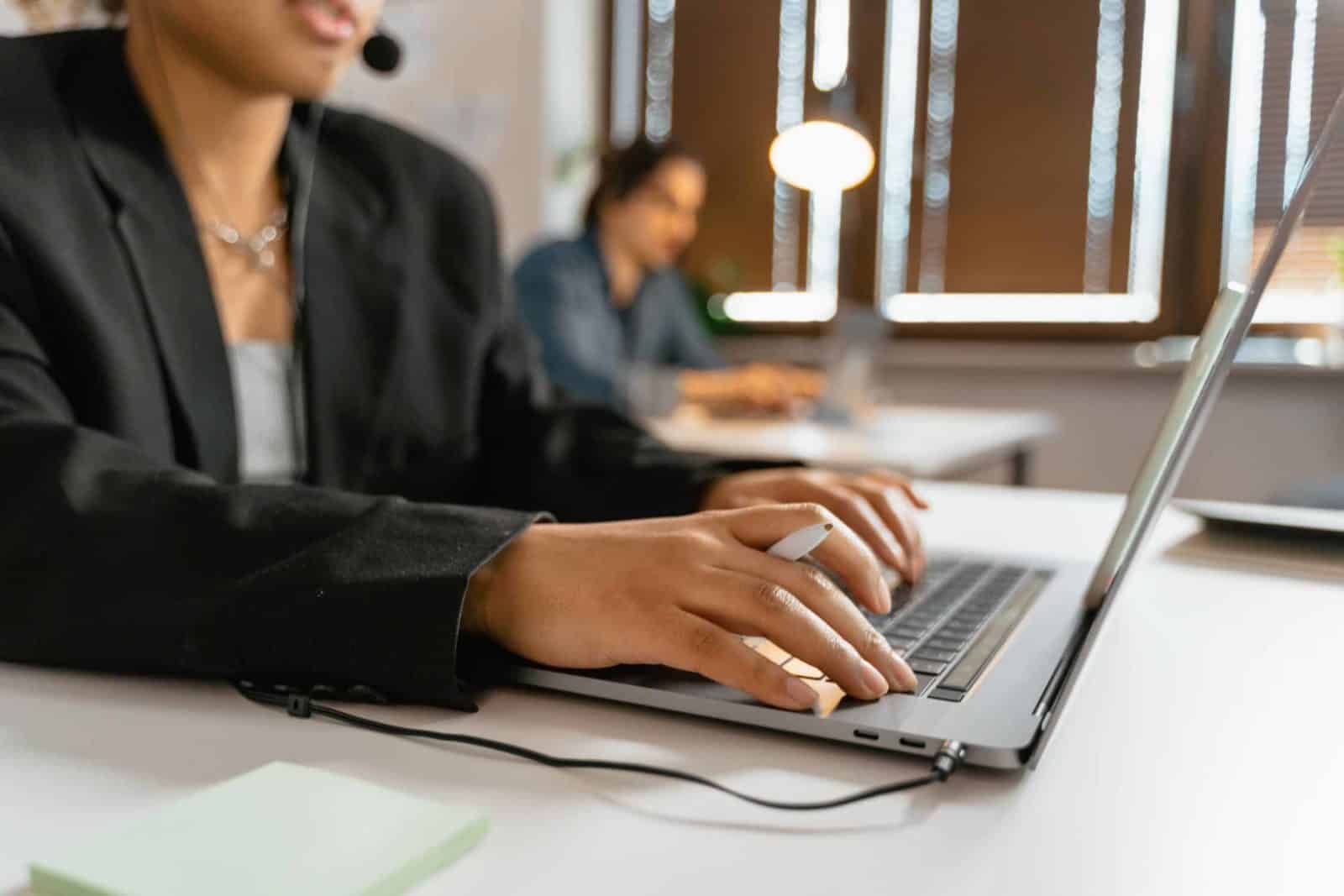All Categories
Featured
Table of Contents
- – Best What Is An Answering Service? Sales Near Me
- – When Are Best How To Start An Answering Servic...
- – What The Best Virtual Receptionist & Phone Ans...
- – What Was The Most Popular Live Answering Serv...
- – What Is The Best Telephone Answering Service ...
- – What Is The Best How Outsourced Phone Answer...
Best What Is An Answering Service? Sales Near Me
This device and its successors were developed by Sava Jacobson, an electrical engineer with a personal consulting business. While early answering makers utilized magnetic tape technology, the majority of contemporary equipment uses strong state memory storage; some devices use a mix of both, with a solid-state circuit for the outgoing message and a cassette for the incoming messages.
"toll conserving" below) (local phone answering service). This works if the owner is evaluating calls and does not want to talk to all callers. In any case after going, the calling celebration must be notified about the call having actually been responded to (in many cases this begins the charging), either by some remark of the operator, or by some welcoming message of the little bit, or addressed to non-human callers (e.
This holds specifically for the Little bits with digitally saved welcoming messages or for earlier machines (prior to the rise of microcassettes) with a special unlimited loop tape, separate from a 2nd cassette, devoted to recording. There have been answer-only devices with no recording abilities, where the greeting message had to notify callers of a state of current unattainability, or e (call answering services).
When Are Best How To Start An Answering Service Business Sales

about schedule hours. In recording TADs the greeting normally consists of an invitation to leave a message "after the beep". A voice mail that uses a microcassette to tape messages On a dual-cassette answerphone, there is an outbound cassette, which after the defined variety of rings plays a pre-recorded message to the caller.

Single-cassette answering machines contain the outgoing message at the beginning of the tape and incoming messages on the staying space. They first play the announcement, then fast-forward to the next readily available area for recording, then record the caller's message. If there are numerous previous messages, fast-forwarding through them can cause a substantial hold-up.
This beep is often referred to in the greeting message, requesting that the caller leave a message "after the beep". Little bits with digital storage for the tape-recorded messages do disappoint this hold-up, of course. A little might provide a push-button control center, whereby the answerphone owner can sound the home number and, by going into a code on the remote telephone's keypad, can listen to tape-recorded messages, or erase them, even when far from house.
What The Best Virtual Receptionist & Phone Answering Services Australia Brand To Buy

Thereby the machine increases the number of rings after which it addresses the call (usually by 2, leading to 4 rings), if no unread messages are currently stored, but responses after the set number of rings (normally 2) if there are unread messages. This enables the owner to learn whether there are messages waiting; if there are none, the owner can hang up the phone on the, e.
Some devices likewise permit themselves to be from another location activated, if they have actually been changed off, by calling and letting the phone ring a particular a great deal of times (generally 10-15). Some company desert calls already after a smaller variety of rings, making remote activation impossible. In the early days of Little bits an unique transmitter for DTMF tones (dual-tone multi-frequency signalling) was regionally needed for remote control, because the formerly employed pulse dialling is not apt to convey appropriate signalling along an active connection, and the dual-tone multi-frequency signalling was executed stepwise.
Any incoming call is not recognizable with respect to these homes in advance of going "off hook" by the terminal devices. So after going off hook the calls should be switched to proper gadgets and only the voice-type is right away accessible to a human, however possibly, nevertheless ought to be routed to a TAD (e.
What Was The Most Popular Live Answering Services - Australia?
What if I informed you that you do not have to actually pick up your device when answering a customer call? Another person will. So hassle-free, right? Responding to call does not require someone to be on the other end of the line. Effective automated phone systems can do the technique just as effectively as a live agent and in some cases even much better.
An automatic answering service or interactive voice reaction system is a phone system that communicates with callers without a live person on the line - virtual answering service. When business use this innovation, consumers can get the response to a concern about your business merely by utilizing interactions set up on a pre-programmed call circulation.
Although live operators upgrade the client service experience, numerous calls do not need human interaction. A basic documented message or guidelines on how a client can recover a piece of information normally solves a caller's immediate need - answering service. Automated answering services are a basic and reliable way to direct incoming calls to the right individual.
What Is The Best Telephone Answering Service - Virtual Receptionist - Apso Holder For Car
Notification that when you call a business, either for assistance or item questions, the very first thing you will hear is a pre-recorded voice greeting and a series of options like press 1 for client service, press 2 for inquiries, and so on. The pre-recorded alternatives branch out to other choices depending on the customer's choice.
The phone tree system assists direct callers to the best person or department using the keypad on a mobile phone. In some instances, callers can utilize their voices. It's worth noting that auto-attendant options aren't restricted to the 10 numbers on a phone's keypad. When the caller has chosen their very first choice, you can develop a multi-level auto-attendant that uses sub-menus to direct the caller to the ideal sort of support.
The caller does not have to communicate with an individual if the auto-attendant phone system can handle their issue. The automatic service can path callers to an employee if they reach a "dead end" and require help from a live representative. It is pricey to hire an operator or executive assistant.
What Is The Best How Outsourced Phone Answering Service Can Help Your ... Program?
Automated answering services, on the other hand, are significantly cheaper and provide considerable cost savings at an average of $200-$420/month. Even if you do not have actually committed personnel to handle call routing and management, an automatic answering service enhances efficiency by enabling your group to concentrate on their strengths so they can more effectively invest their time on the phone.
A sales lead routed to customer support is a lost shot. If a client who has item questions reaches the wrong department or receives incomplete answers from well-meaning workers who are less trained to manage a particular type of concern, it can be a cause of aggravation and dissatisfaction. An automatic answering system can minimize the number of misrouted calls, therefore helping your employees make much better use of their phone time while maximizing time in their calendar for other tasks.
With Automated Answering Systems, you can produce a customized experience for both your personnel and your callers. Make a recording of your main greeting, and simply update it regularly to show what is going on in your organization. You can create as numerous departments or menu options as you desire.
Table of Contents
- – Best What Is An Answering Service? Sales Near Me
- – When Are Best How To Start An Answering Servic...
- – What The Best Virtual Receptionist & Phone Ans...
- – What Was The Most Popular Live Answering Serv...
- – What Is The Best Telephone Answering Service ...
- – What Is The Best How Outsourced Phone Answer...
Latest Posts
Reputable Phone Answering Service Near Me
Emergency Call Answering Service Near Me
Best Real Estate Answering Service – Australia
More
Latest Posts
Reputable Phone Answering Service Near Me
Emergency Call Answering Service Near Me
Best Real Estate Answering Service – Australia